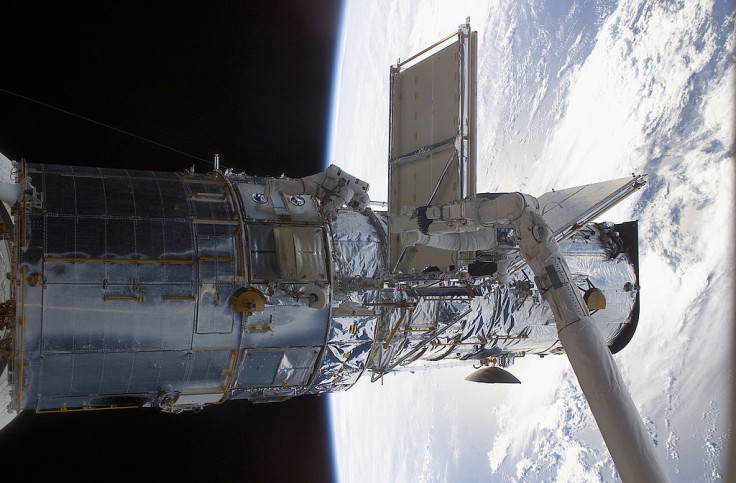
The NASA Hubble Space Telescope has captured a colorful cosmic gas ribbon, which is said to be the remnant of a supernova.
On other updates, the space telescope camera has finally been recovered and can now continue taking scientific observation after suffering from a glitch.
NASA Hubble Image: Cosmic Explosion's Shredded Remains
According to NASA, a massive star explosion, known as a supernova, has left a cosmic gas ribbon behind called the DEM L249. NASA furthered that it is likely to be the surviving remnant of a Type 1a supernova, which occurs when a white dwarf star dies.
What comes after a supernova?
— Hubble (@NASAHubble) November 9, 2021
These cosmic ribbons of gas are what’s left behind from a huge stellar explosion.
The remnants, called DEM L249, shine in this newly released Hubble image: https://t.co/3qfZAnz0MY#NebulaNovember pic.twitter.com/6Vx100psiD
For those who are not familiar with Type 1a supernova, Schools Observatory stated that it is also called the thermonuclear supernovae, in which a binary or double star system is involved. Additionally, it is when one star is a white dwarf and the other is usually a star like the Sun or a massive red giant star.
White dwarfs are dense stars with a lot of matter in them. Despite having masses comparable to the Sun, they are compressed within a volume comparable to the Earth's. This indicates that they have a powerful gravitational field that can drag material from a nearby star onto their surface.
In a process called as accretion, the white dwarfs' mass progressively increases as it takes even more material from its companion and explodes later.
Moreover, DEM L249 is a unique supernova remnant in the Large Magellanic Cloud. It is located approximately 160,000 light-years away in the constellation of Mensa.
By using NASA's Chandra X-ray Observatory and the European Space Agency's XMM-Newton, astronomers found out that its gas was hotter and glowed brighter in the X-rays than the remnant of a typical Type 1a supernovas.
Astronomers also suspected that the white dwarf star of DEM L249 may have been more massive than expected, as bigger stars emit more gas. They also suggested that it died early in its lifespan.
In terms of its discovery, NASA Hubble Space Telescope has captured the image of DEM L249 while looking for surviving partners of white dwarf stars in the Large Magellanic Cloud that had gone supernova.
Read Also : Afraid Your Samsung, iPhone Have Virus? 7 Warning Signs Your Phone Is Infected With Virus
NASA Hubble Space Telescope Camera Fixed After Glitch
In a previous report, the space agency stated that additional procedures have been taken to investigate the Hubble instruments.
To recall, the telescope's science instruments went into safe mode on October 25 after a loss of data synchronization messages. The Hubble team told the public that they were focusing their efforts to identify the problem with the instrument's command hardware.
In a recent NASA blog post, the Hubble team successfully retrieved the Advanced Camera for Surveys (ACS) equipment on November 7. Since it was recovered, the instrument has resumed taking scientific observations.
For detailed information, ACS was created to survey broad areas of the sky at visible and red wavelengths with 10 times the efficiency of Hubble's camera, the Wide Field Planetary Camera 2 (WFPC2).
Moreover, ACS was chosen as the first instrument to be recovered since it has the fewest complexities in the event of a lost transmission.









